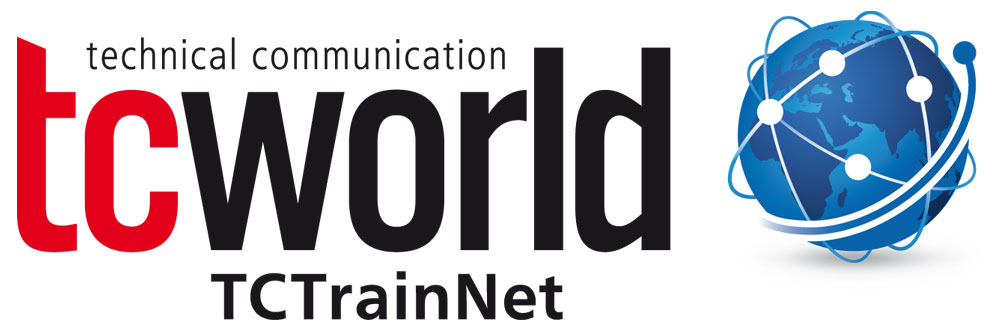In the USA, similar to the EU, standards are worked out by associations such as API, UL and ANSI. Standards are regularly recognized in other economic areas or carried over to local standards. Committees active worldwide in this area are ISO and IEC. If worldwide agreements could not be reached, this causes problems in local recognition that turn up again in the non-harmonized parts of a standard. Non-harmonized means that parts of the recognized standard are different or invalid. There are local peculiarities, e.g., in China, with the GB and GB/T standards and, in Russia, with the TR CU and GOST-R.
The target market of a product is important for technical editing: where it is being introduced to the market, which standards must be complied with. As we are part of worldwide trade, there are accordingly innumerable possibilities. You will get to know the most important standards for technical editing in the last part of this series.



